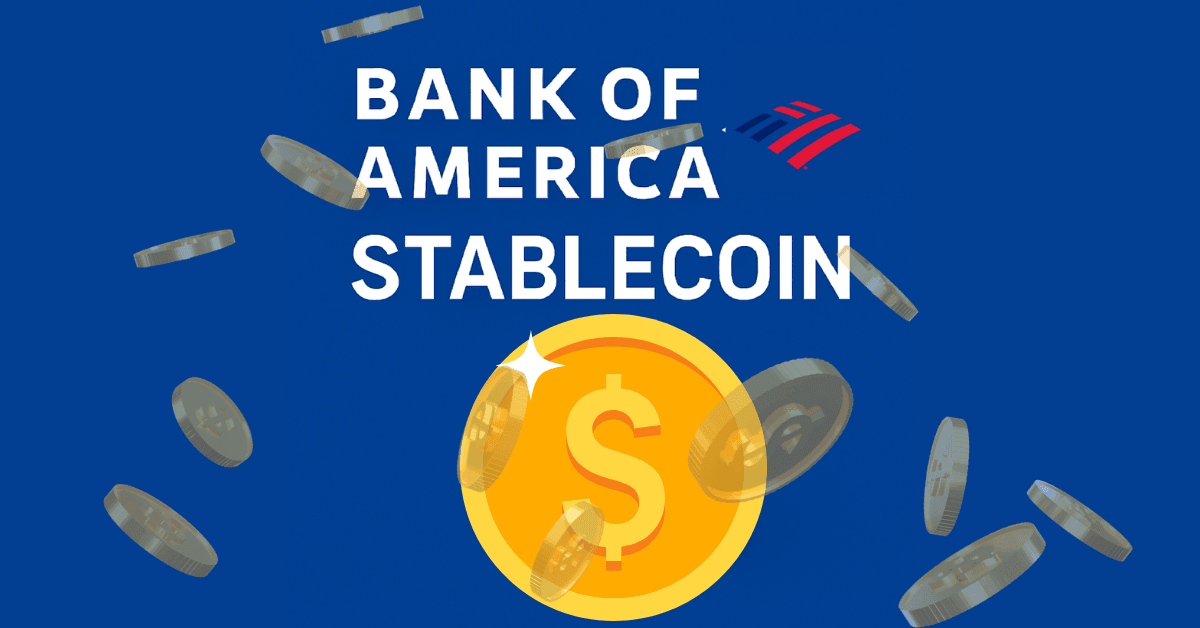
Bank of America: Stablecoin Changes Banking
1. Stablecoin Will Disrupt Traditional Payment And Deposit Systems
In a recent research report, Bank of America Merrill Lynch highlighted that the rise of stablecoin will significantly impact traditional banking systems' payment and deposit infrastructure in the United States over the next 2-3 years. The report emphasizes that while a major change will not occur immediately, the increasing integration and adoption of stablecoins will put pressure on banks as they face growing competition from digital assets.
2. Stablecoin And Its Impact On The Banking Industry
The report suggests that stablecoins will cause a “disruption” to the current payment systems of traditional banks. As stablecoin becomes more widely used, banks will have to contend with increasing competition from these digital assets. This change will be particularly noticeable in the medium term, as the current financial system adjusts to accommodate this new trend.
3. U.S. Banking Industry Preparing For The Era Of Stablecoin
However, U.S. banks are maintaining a cautious approach, especially when it comes to using stablecoin for domestic payment scenarios. While large banks have begun preparing to offer stablecoin solutions, many analysts within the industry remain skeptical about the effectiveness and sustainability of stablecoin in national payment contexts.
4. The Future Of Stablecoin And The Banking Industry
As the U.S. finalizes its stablecoin regulatory framework, the banking industry will continue to face the choice between embracing change or preserving traditional stability. Nevertheless, the trend toward digital currency and stablecoin adoption has become increasingly clear, and banks must prepare to stay competitive in the emerging digital financial landscape.
Based on the analysis, it is evident that adopting stablecoins will be a key factor in the future development of the banking industry.